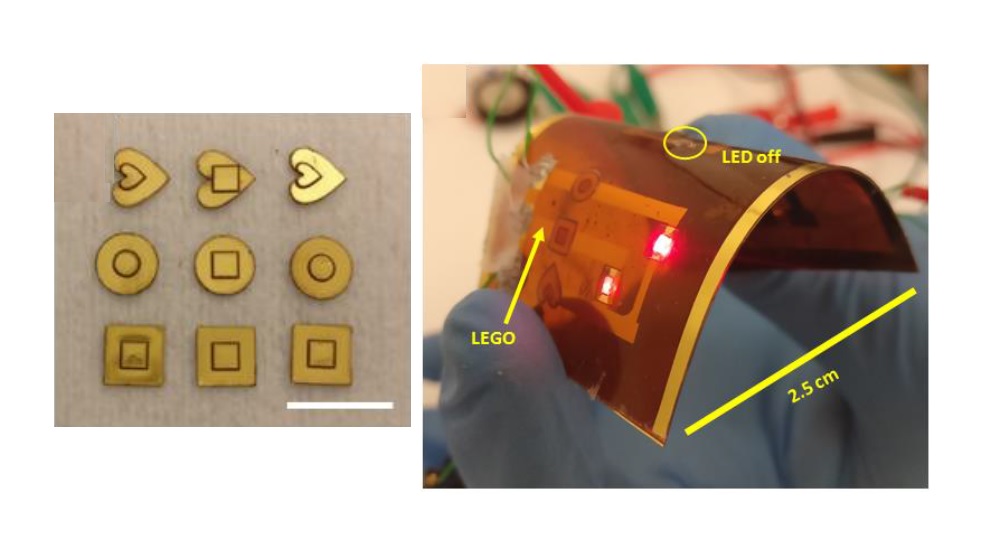
High-Tech Legos
As satirically demonstrated by Derek Zoolander with his minuscule cell phone, a lot of technological advancements are emerging in tiny packages. And, while this is not always the case, when technologies are downsized, there exists a host of logistical issues. One such difficulty is in aligning and piecing together tiny electrical components. This level of accuracy and precision can be impossible for human hands and even difficult for robot digits. So, to creatively remedy this persisting problem, a team of researchers, led by Muhammad M. Hussain at the King Abdullah University of Science and Technology (KAUST) in Saudi Arabia, developed a way to convert integrated circuits into “Lego-electronics.”
As with the popular building block toys, this new development hinges on a basic lock-and-key design. A design that is so simple and easy to piece together that, in the study, a blindfolded participant could assemble the technology. They demonstrated this technology and its ease of use in an upcoming issue of Advanced Materials Technologies.

Simpler, More Effective Design
While this technology has been demonstrated to be simple and easy to assemble by hand, robots will most likely take on a large percentage of this work. So, what’s so important about this design?
One major aspect of this improvement is that it could create a space in the electronics industry for the visually-impaired or who have dexterity issues. This could create job opportunities for them as well as give them the ability to build their own electronics where they might not have been able to before.[infographic postid=”60360″][/infographic]
Additionally, this could make manufacturing easier, faster, and reduce the rate of failure of micro-scale connections. The design is simple, but it is sound, and because the connection between each piece is so straight-forward, there is a minimized room for error.
According to Hussain, “The demonstration decisively increases throughput and yield in CMOS manufacturing systems, especially the emerging area of flexible electronic system production…By providing geometrical identities to modules, we have demonstrated that a blind person can also assemble it, which may lead to the disruption in employment of blind personnel in the manufacturing and fabrication industry—traditionally believed to have no room for blind individuals.”